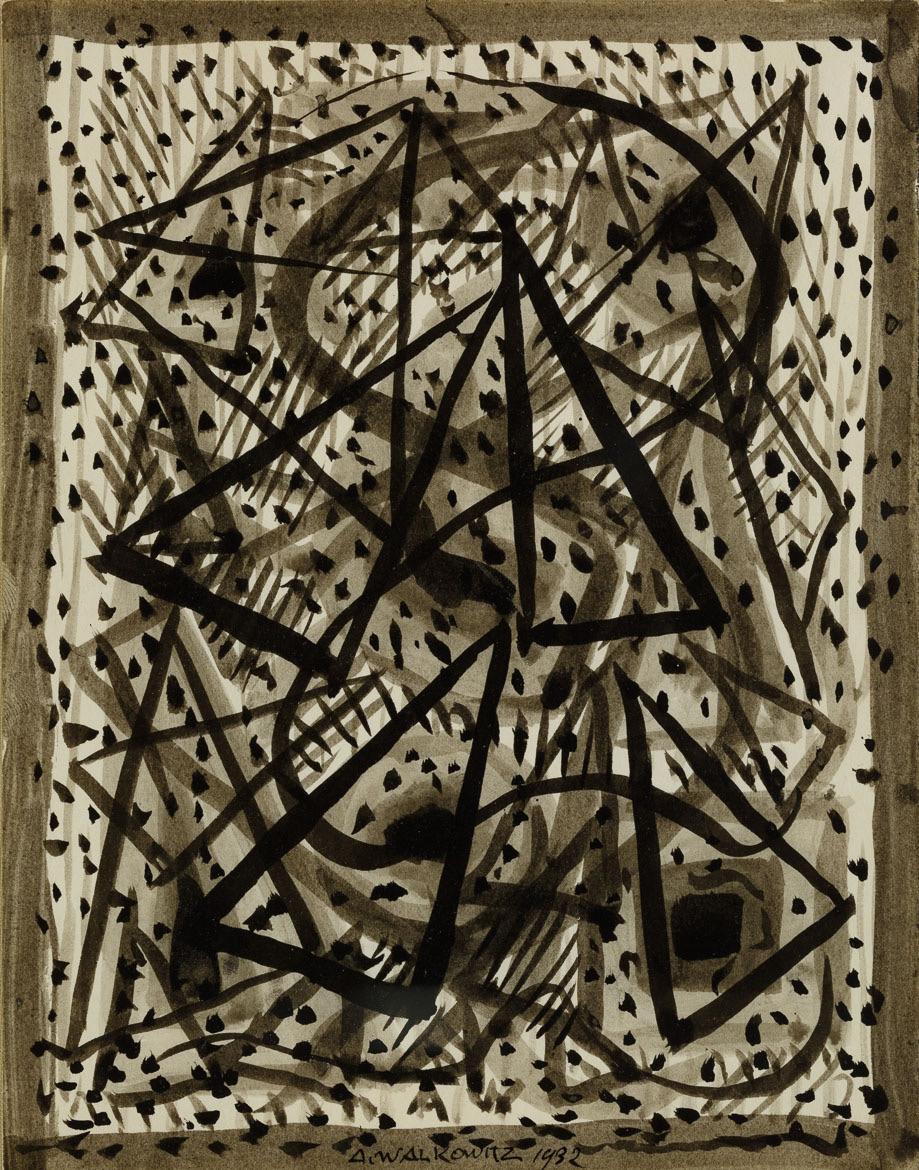BOOTH # B09





Ben Aronson
DAn Christensen
MiChAel roque Collins
leonArD eDMonDson
MAuriCe GoluBov
Wolf KAhn
eD MieCzKoWsKi
MArK PoMilio
JACK roth
esPhyr sloBoDKinA
sKiP steinWorth
ABrAhAM WAlKoWitz

Ben Aronson is recognized as a respected and evocative painter of the contemporary urban landscape. His art expressively translates everyday forms of metropolitan life such as rooftops, skyscrapers, streets, and sidewalks, into arrangements of geometry and motion, light and shadow. Through his masterful, loosely painted evocations of atmosphere, color, and light, Aronson’s paintings convey the sensory experience of a captured moment in the city. He was the recipient of the prestigious 2006 Hassam, Speicher, Betts, and Symons Purchase Fund Prize from the American Academy of Arts and Letters. Aronson’s paintings are included in the permanent collections of more than fifty museums, including the De Young Museum, San Francisco; the National Academy Museum, New York; and the Boston Museum of Fine Arts.
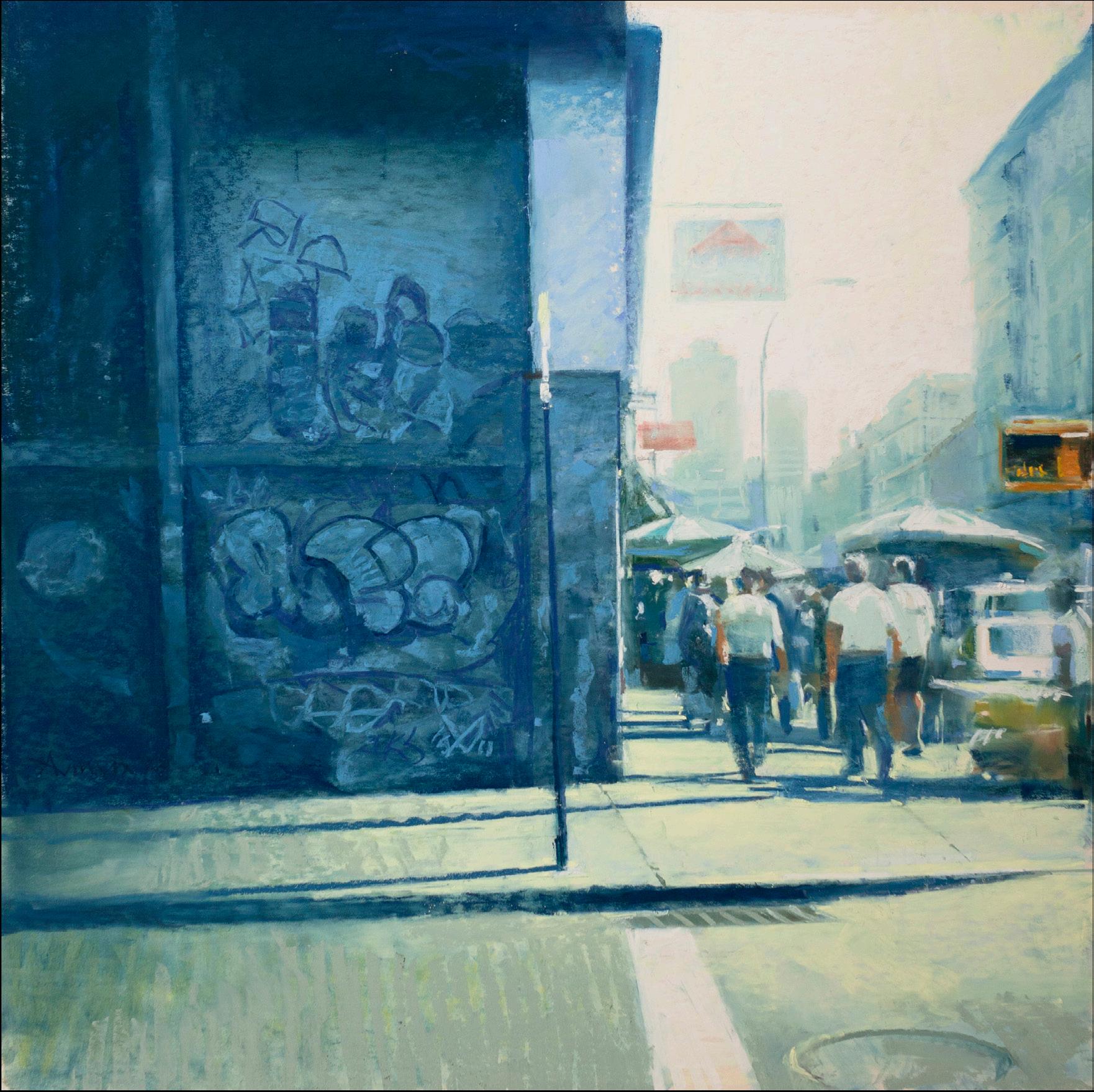

Ben Aronson,Summer Sun, 5th & East 34th, 2023 Mixed media on paper, 37.75 x 28.25 inches


Dan Christensen (1942-2007) is widely recognized as one of America’s foremost color abstractionists. Never wavering from his dedication to studying the physical and visual properties of paint, he was at the center of many of the most important innovations and currents in American abstract painting after the mid-20th century. Christensen began exhibiting in New York in 1966 and achieved spectacular success at an early age—he was in two Whitney Biennials before the age of 26. He won numerous awards, including a National Endowment Grant in 1968 and the Guggenheim Fellowship Theodora Award in 1969. Christensen’s paintings are in prestigious institutions such as the Guggenheim Museum, the Whitney Museum of American Art, the Metropolitan Museum of Art and the Museum of Modern Art in New York, among many others.

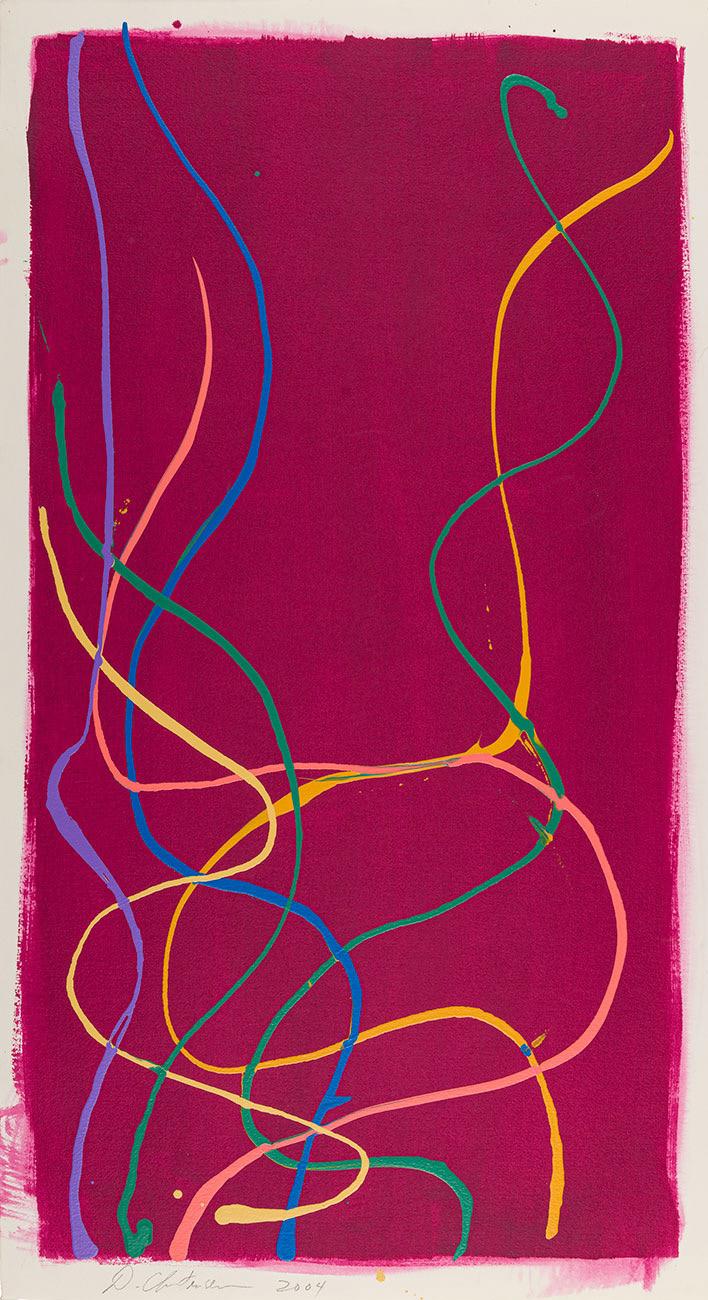
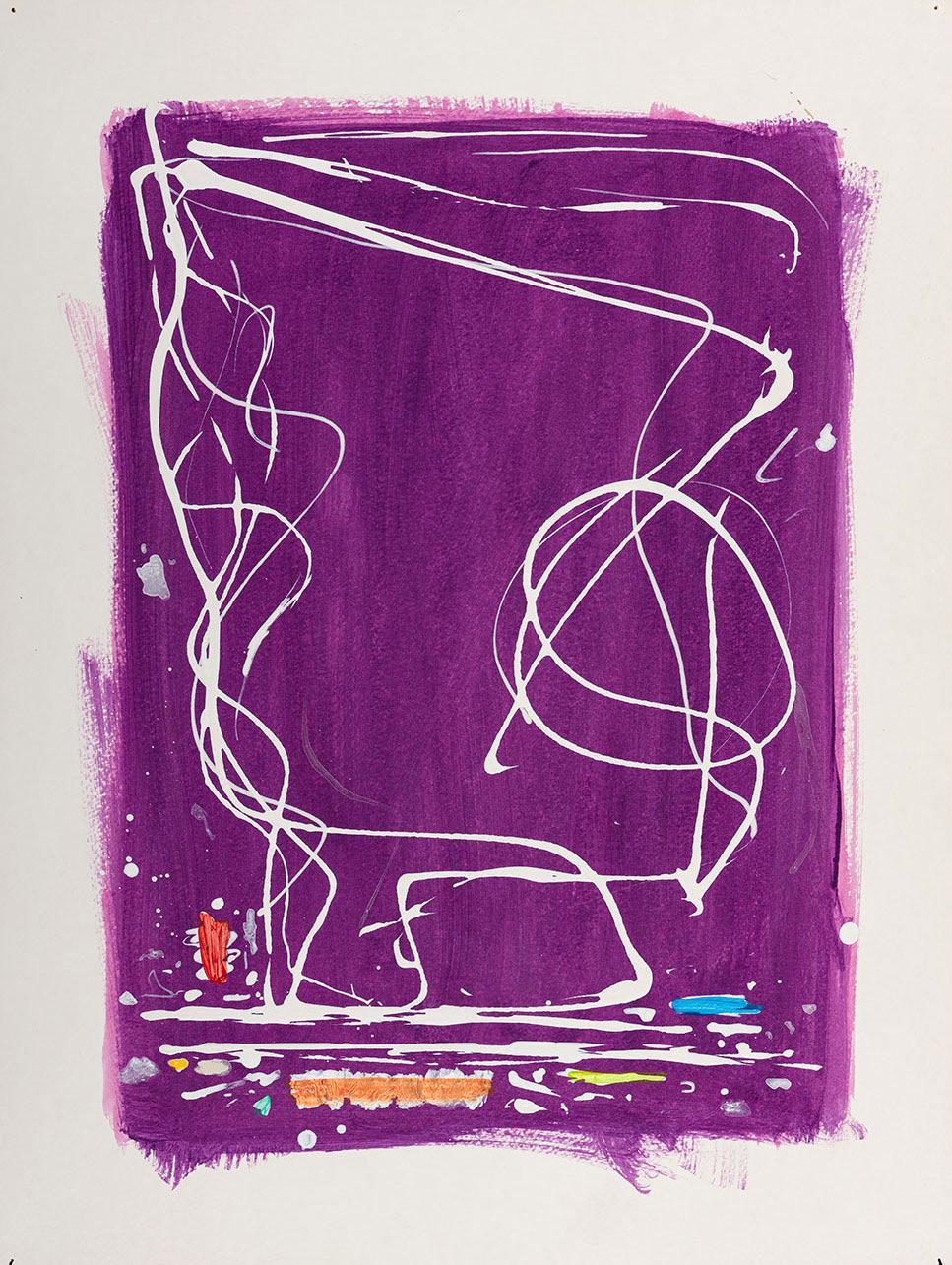
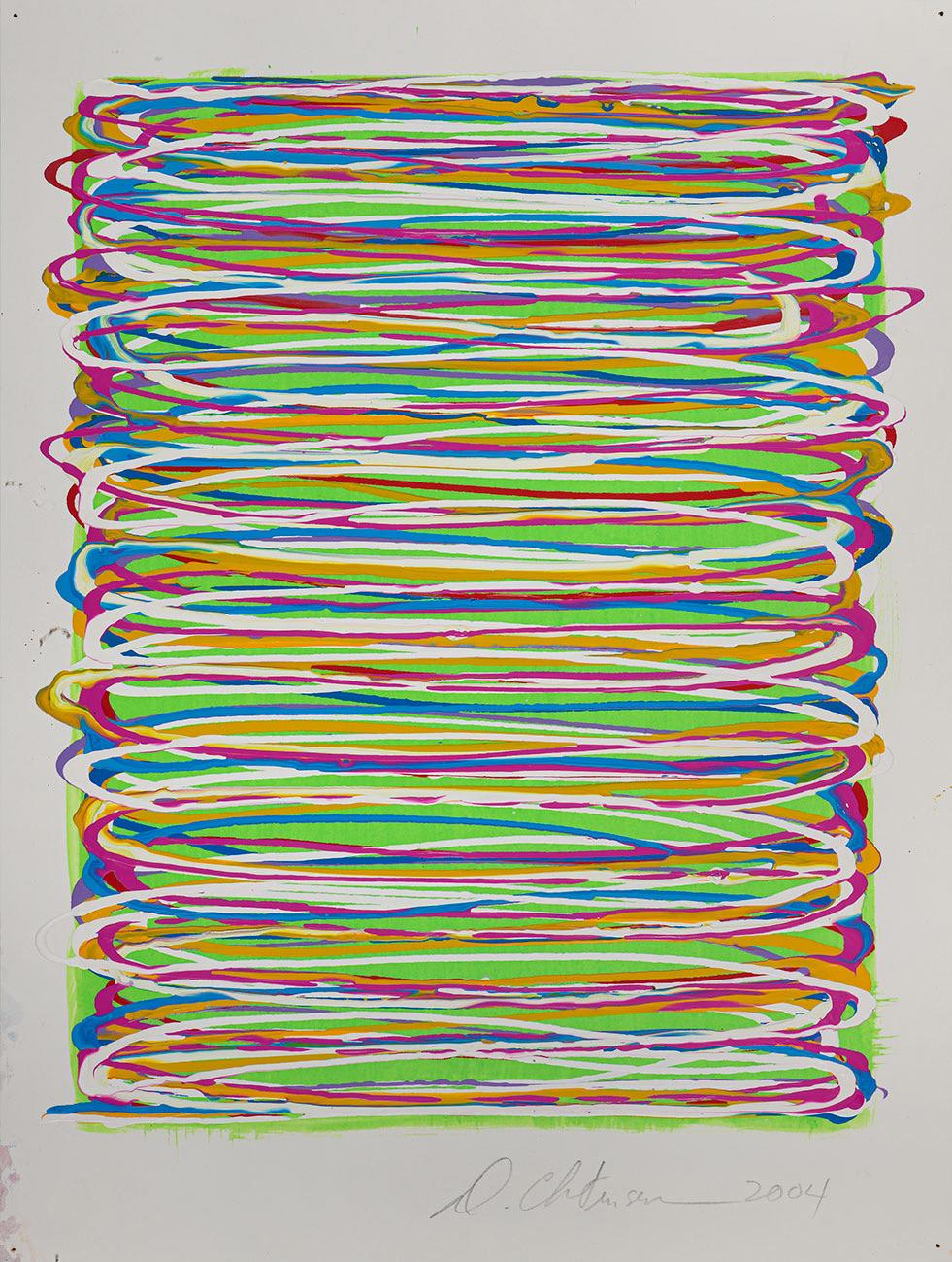
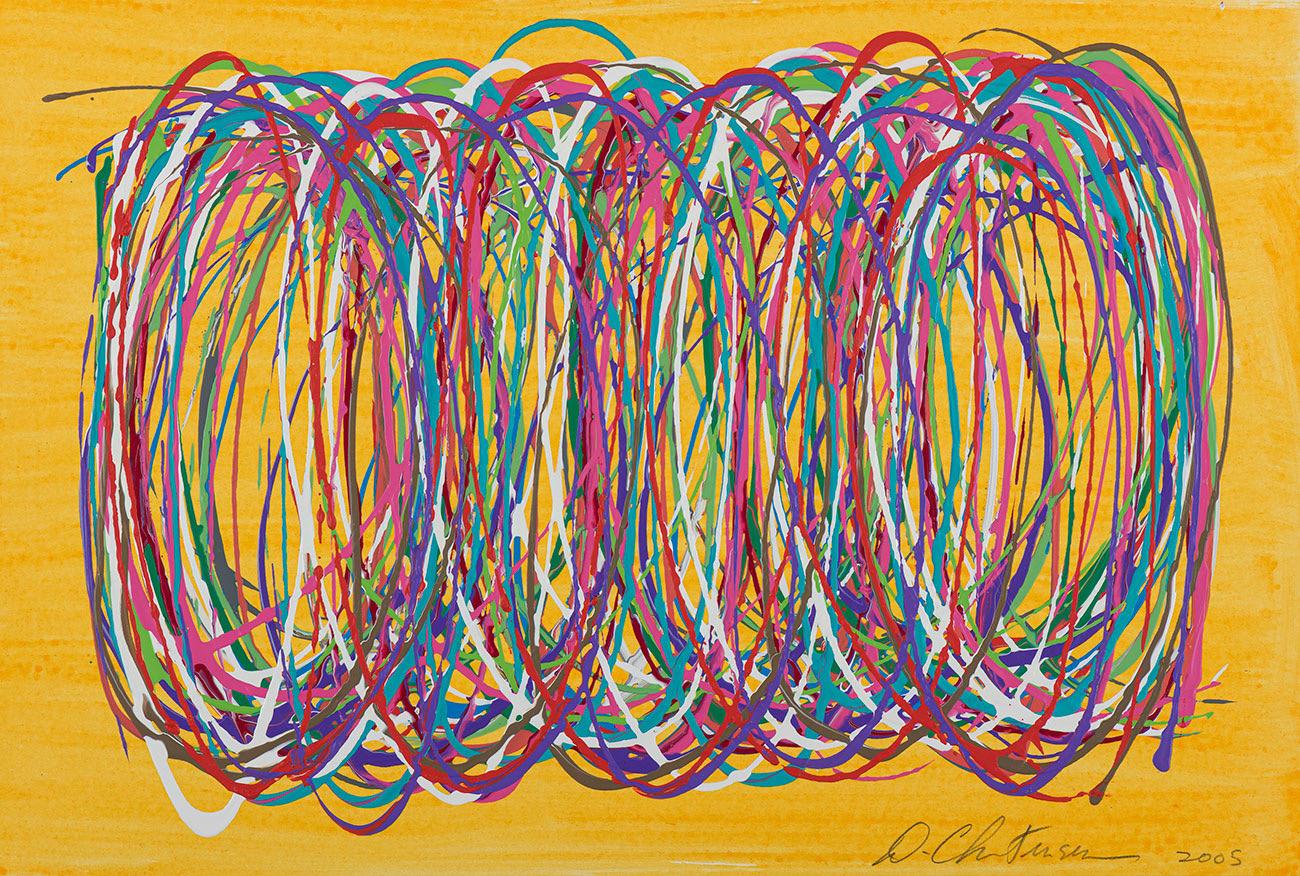
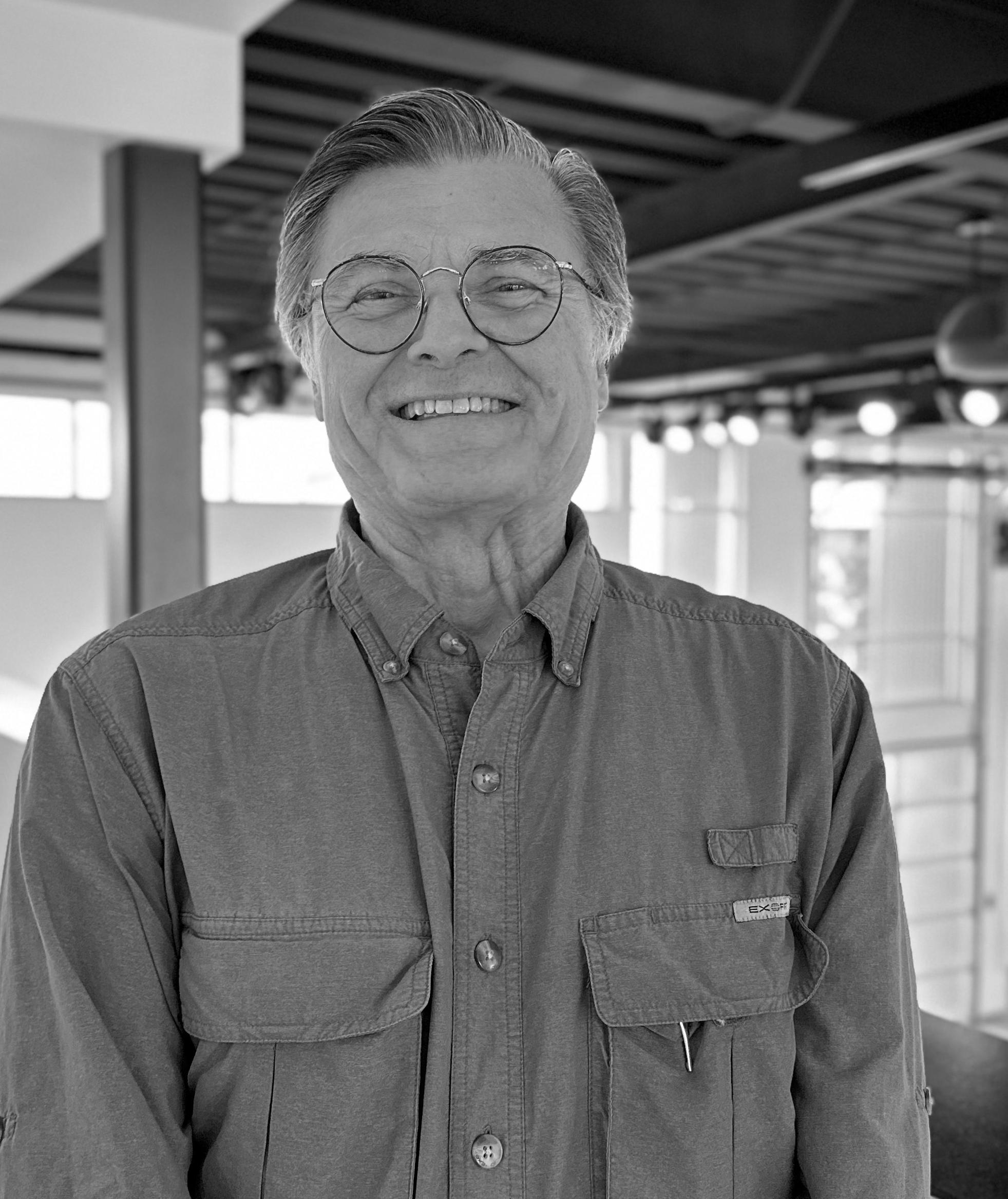
Michael Roque Collins is internationally regarded as a remarkably innovative contemporary romantic expressionist painter who has been making extraordinary narrative paintings of infinite exuberance, artistic vision, and profound intensity over a career that has spanned more than 40 years. His work uniquely plumbs the depths of human existence and the mysteries that abound within it, embracing the inevitable ambiguity and uncertainty of the world as a source for curiosity, wonder, and illumination. Born in Texas in 1955, Collins earned a BFA from the University of Houston and an MFA in painting from Southern Methodist University. His art has been curated in museum exhibitions across the US and internationally, and he received a National Endowment for the Arts-Middle American Arts Alliance grant for excellence in painting and works on paper.


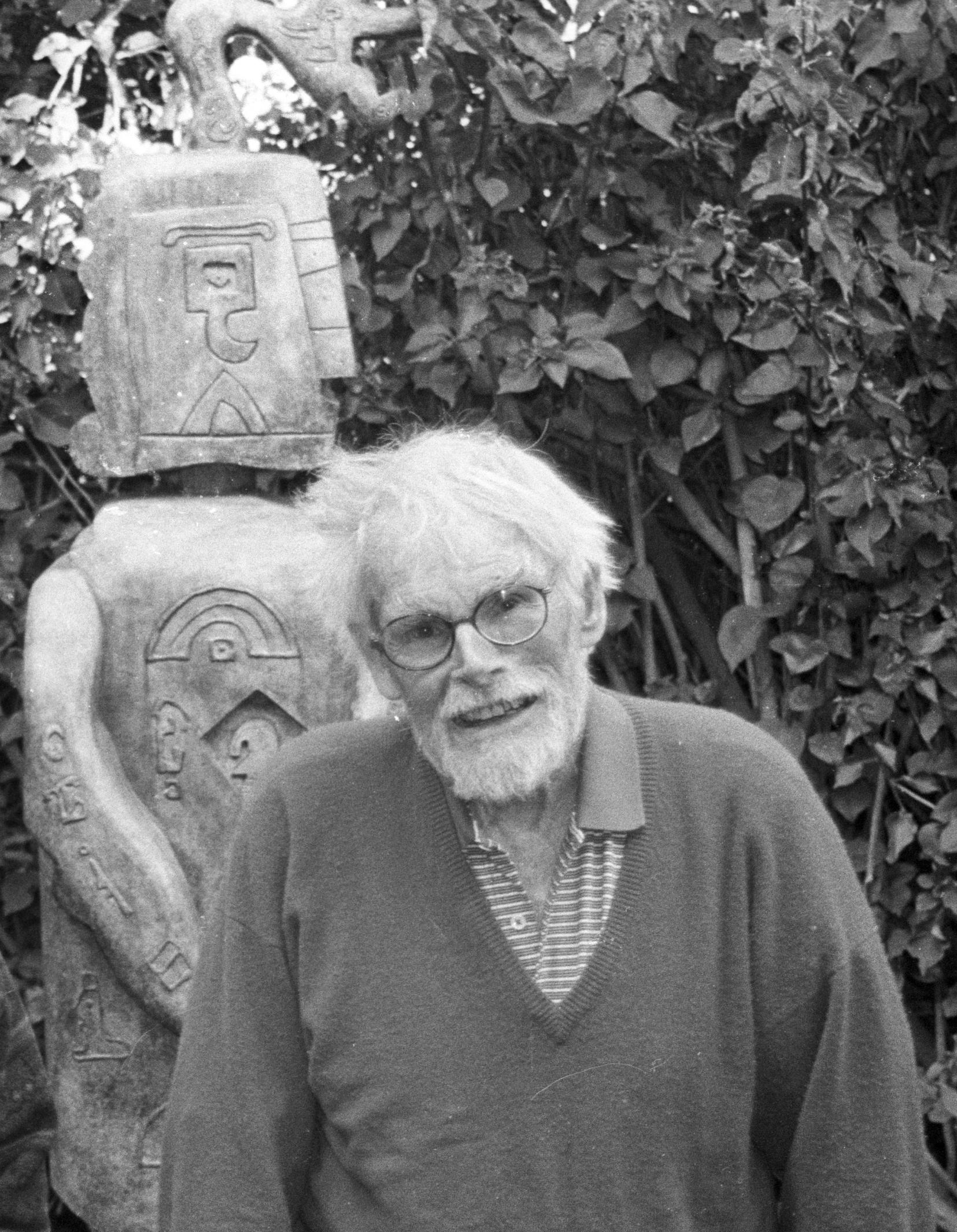
Leonard Edmondson (1916-2002) developed a style that was distinctive from the abstract surrealism of Max Ernst and the expressionism of Hans Hofmann. Edmondson’s aesthetic vocabulary invokes forms, feelings, and spaces in his paintings, watercolors, etchings, and screen-prints. His first solo museum exhibition at San Francisco’s De Young Memorial Museum in 1952 was followed by solo exhibitions at the Pasadena Art Museum and the Santa Barbara Museum. He was honored with two Tiffany Fellowships and a Guggenheim Fellowship. In 1967, the San Francisco Museum of Art held a retrospective of his work. Soon afterward, in 1970, he published his technical treatise, Etching. Edmondson was a member of the California Watercolor Society and the California Printmakers Society. His work is found in major museum collections across the US and Europe.
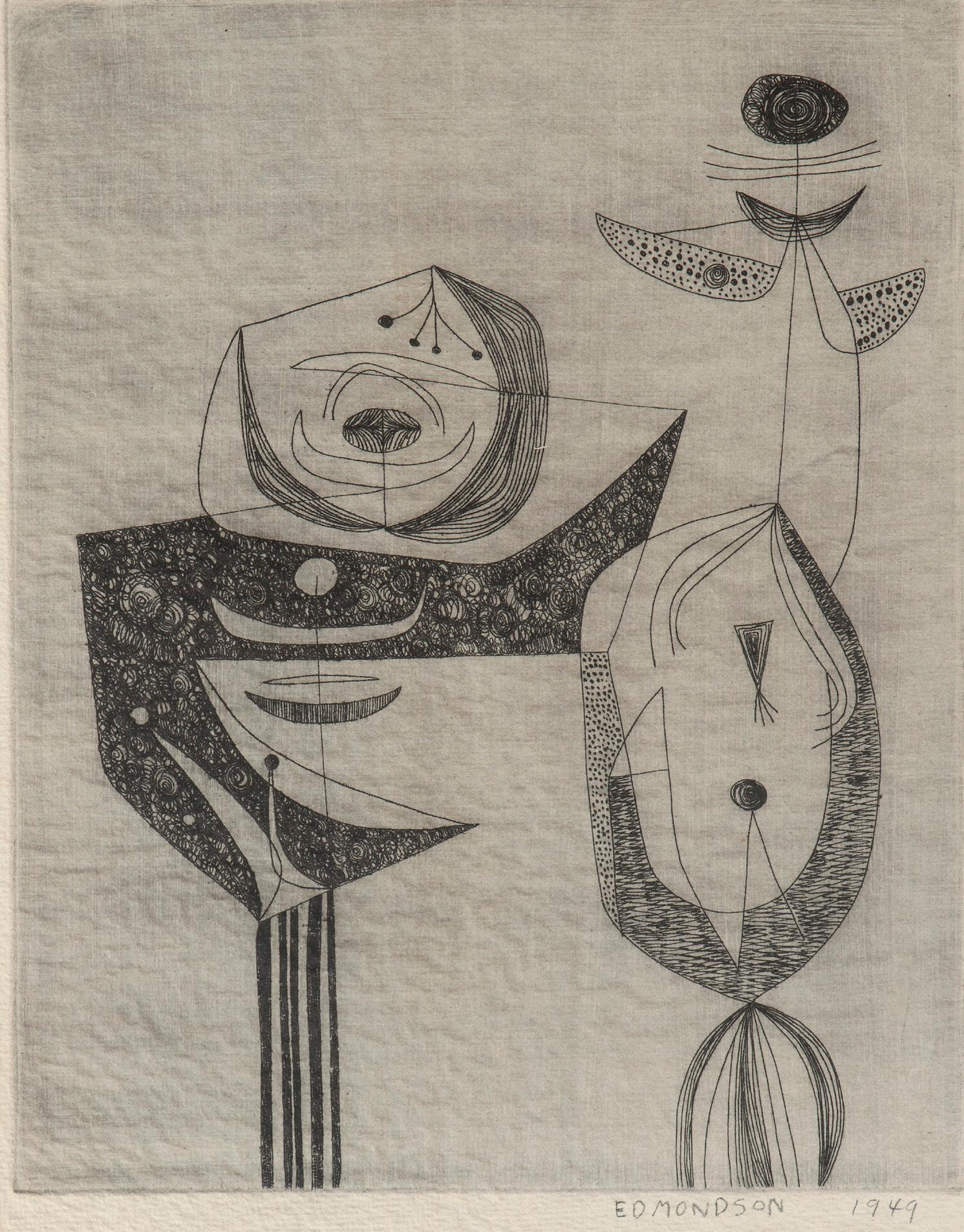
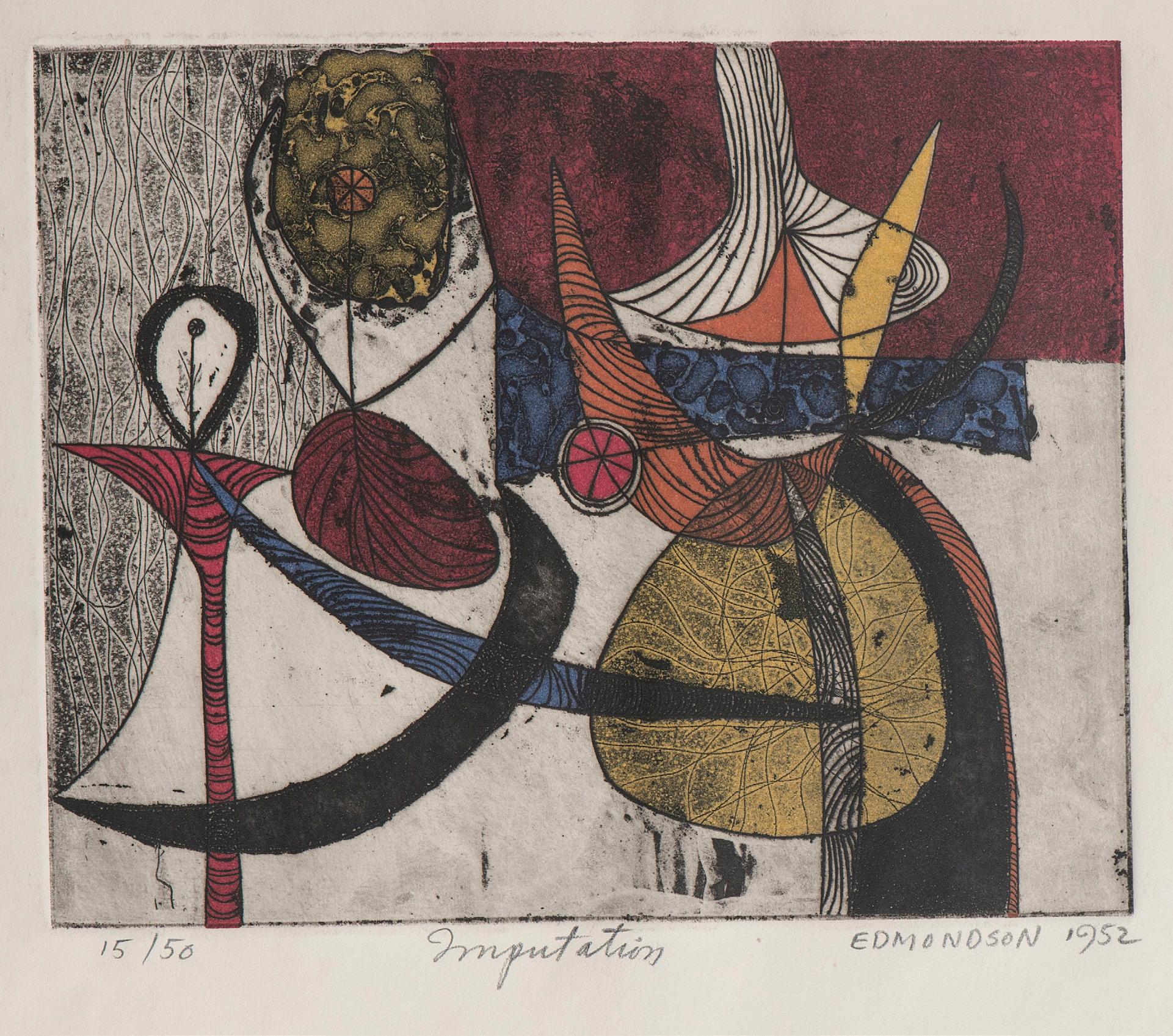
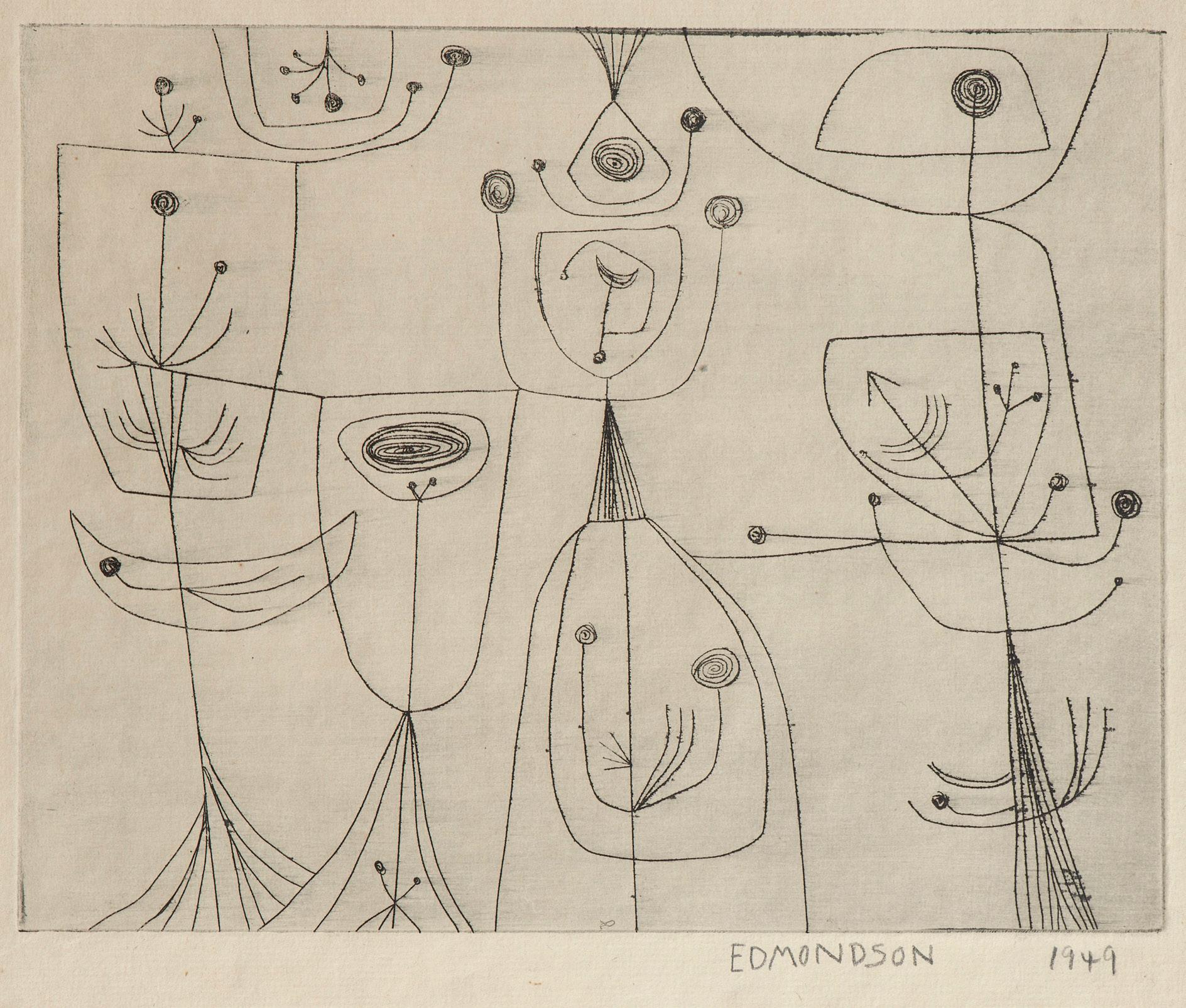


Maurice Golubov (1905-1987) pushed the boundaries of Abstract Expressionism during American’s golden age of Modern Art. He is recognized by the Smithsonian American Art Museum as a Modern Master. Having escaped the Russian Pogroms as a boy, he spent his younger days as a full-time commercial artist in New York City. He first studied art in the 1920s by taking evening drawing classes. By the late 1930s he developed his work in both abstraction and figuration. After a solo exhibition at the Artists’ Gallery in 1941, he was invited by Alice Mason and George L.K. Morris to join the American Abstract Artists. By the late 1940s, most of Golubov’s work was abstract. In 1975 he began representation with Tibor de Nagy Gallery in New York and in 1980 was given his first major museum retrospective presented by the Mint Museum of Art in Charlotte, NC, which traveled to other museums, including the Jewish Museum in New York.
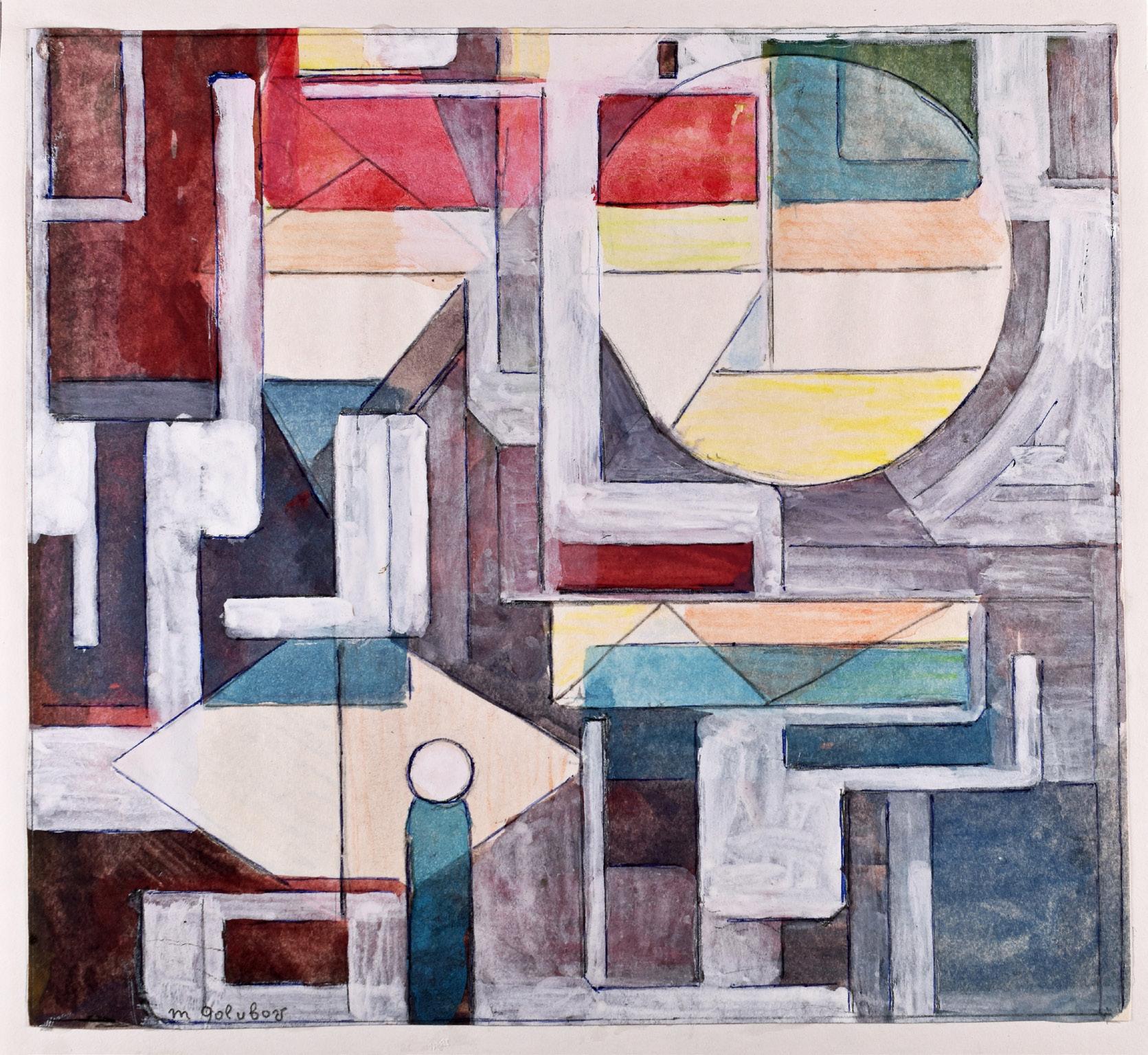
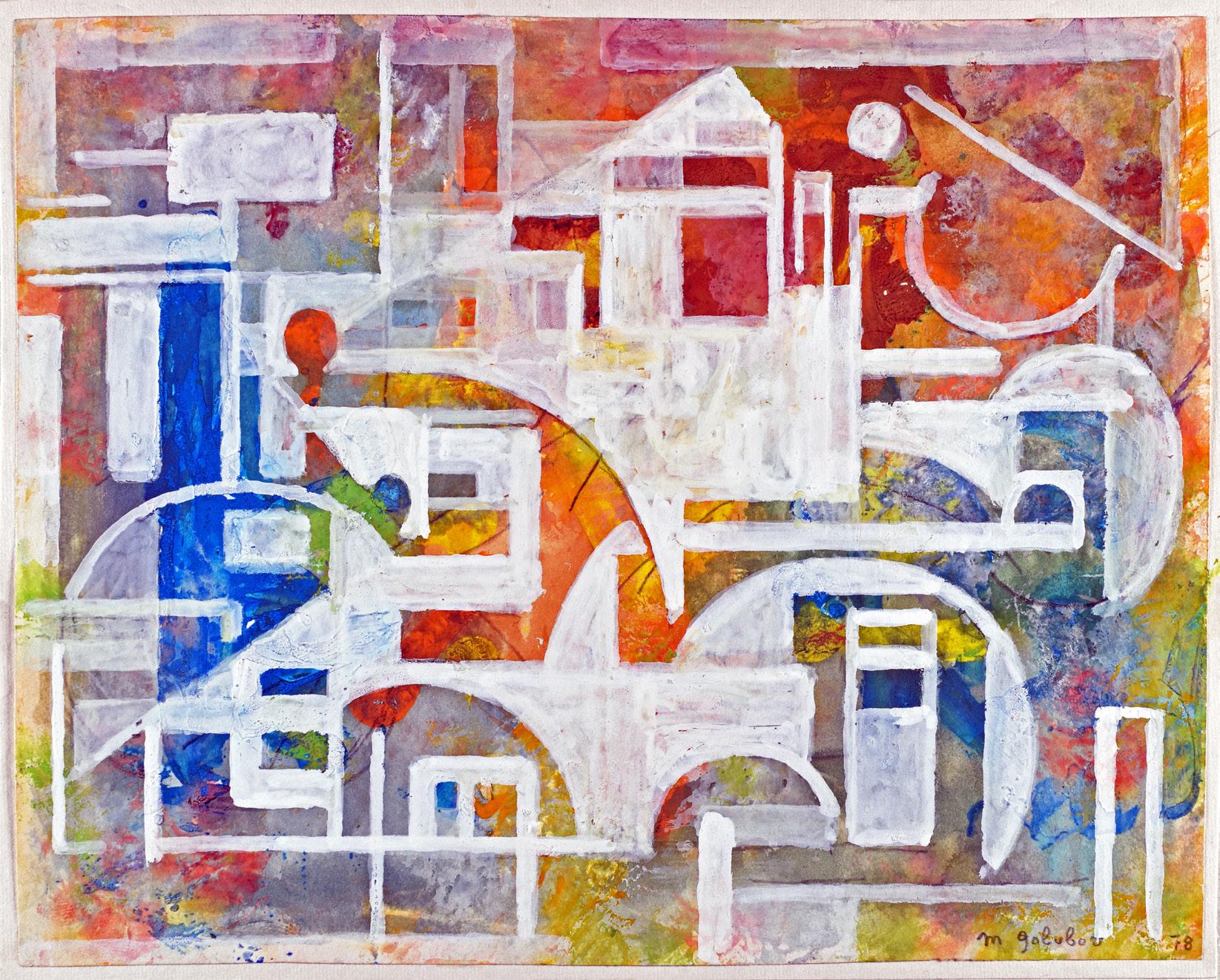
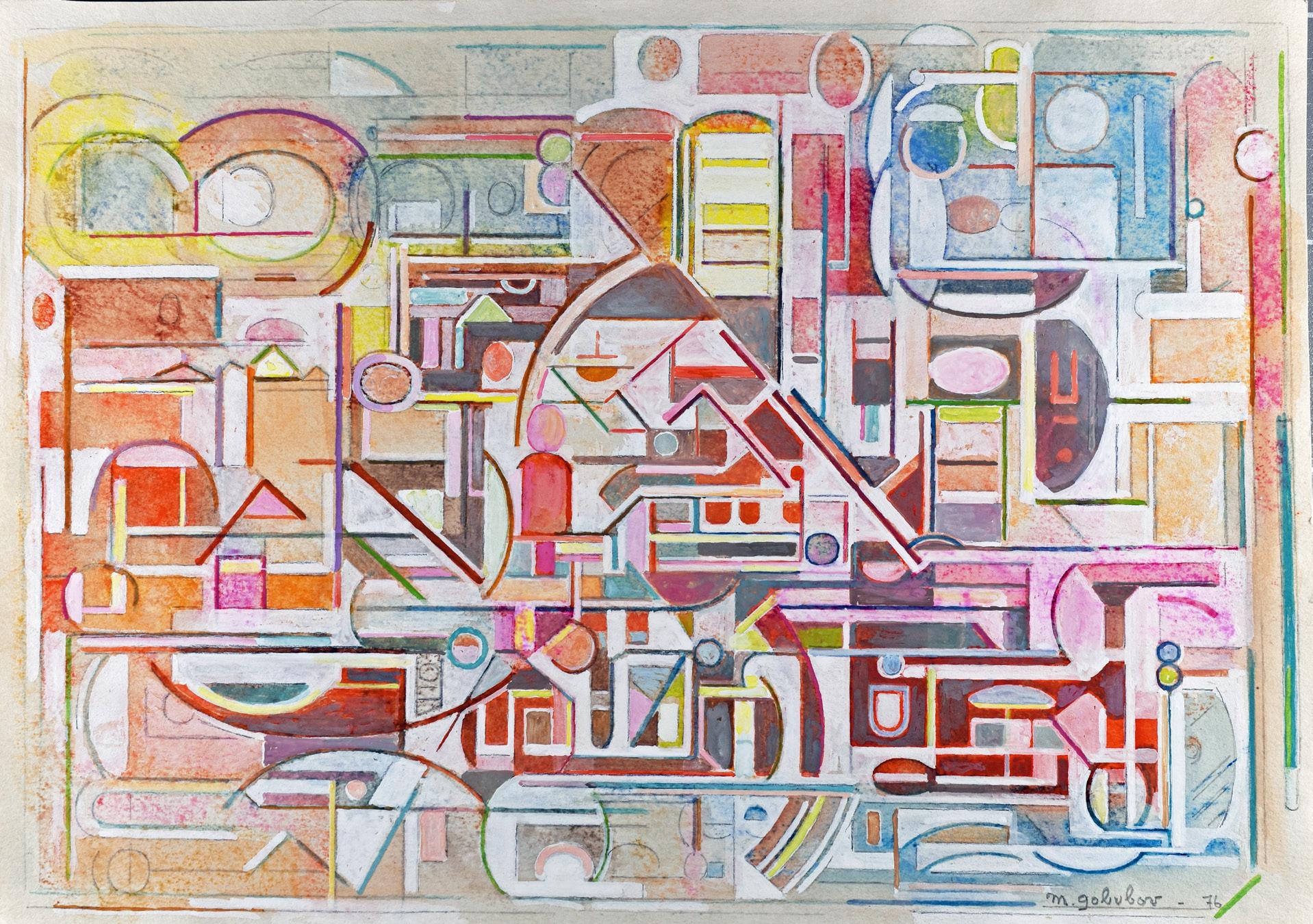
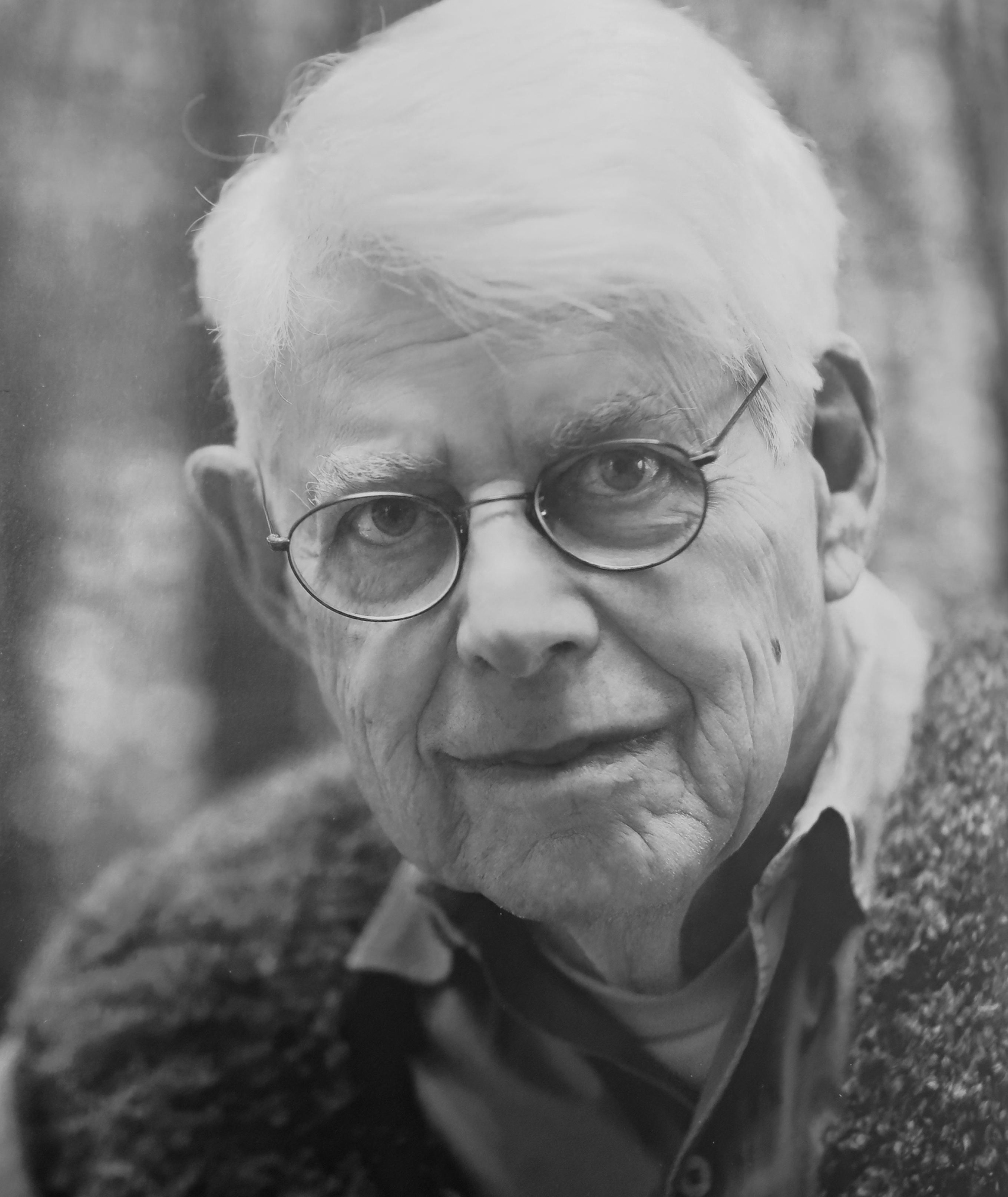
One of the most famous artists of the 20th century, Wolf Kahn (1927-2020) was a Germanborn American painter, whose unique blend of Realism and formal discipline of Color Field painting distinctively set his work apart. As an artist, Kahn embodies a synthesis of artistic traits -- the modern abstract qualities of Hans Hofmann (Kahn was Hofmann’s studio assistant), the palette of Matisse, Rothko’s sweeping bands of color, and the atmospheric qualities of American Impressionism. Born in Stuttgart, Germany, Kahn immigrated to the United States by way of England in 1940. Kahn was the recipient of a Fulbright Grant, a John Simon Guggenheim Fellowship, and an Award in Art from the Academy of Arts and Letters.

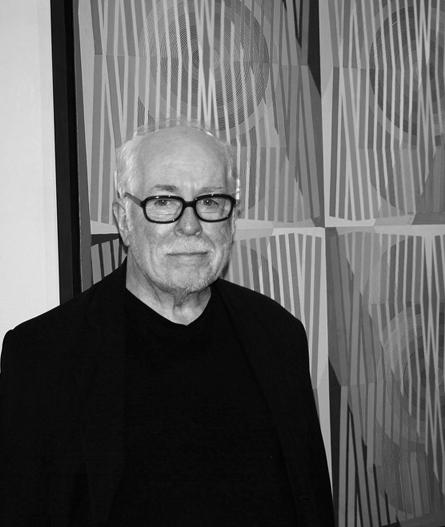
A leader in the hard-edged, geometric abstractionist movement that arose in the US and Europe in the late 1950s, Edwin Mieczkowski (1929 – 2017) is regarded as one of the earliest proponents of Optical Art, which rivaled Abstract Expressionism for dominance in the mid1960s. Together with Frank Hewitt and Ernst Benkert, he formed the artist group Anonima. Sharing studio space in New York and other locations, they followed a rigorous, self-imposed program of painting exercises to explore the effects of color, brightness, and form on visual perception, prefiguring, and becoming part of the Op Art movement. Mieczkowski spent several decades of his career quietly pursuing his explorations in geometric and perceptual abstraction while teaching at the Cleveland Institute of Art. His work is found in museums around the world and in 2013, Mieczkowski’s archives were given to the Smithsonian Institution in Washington, D.C.
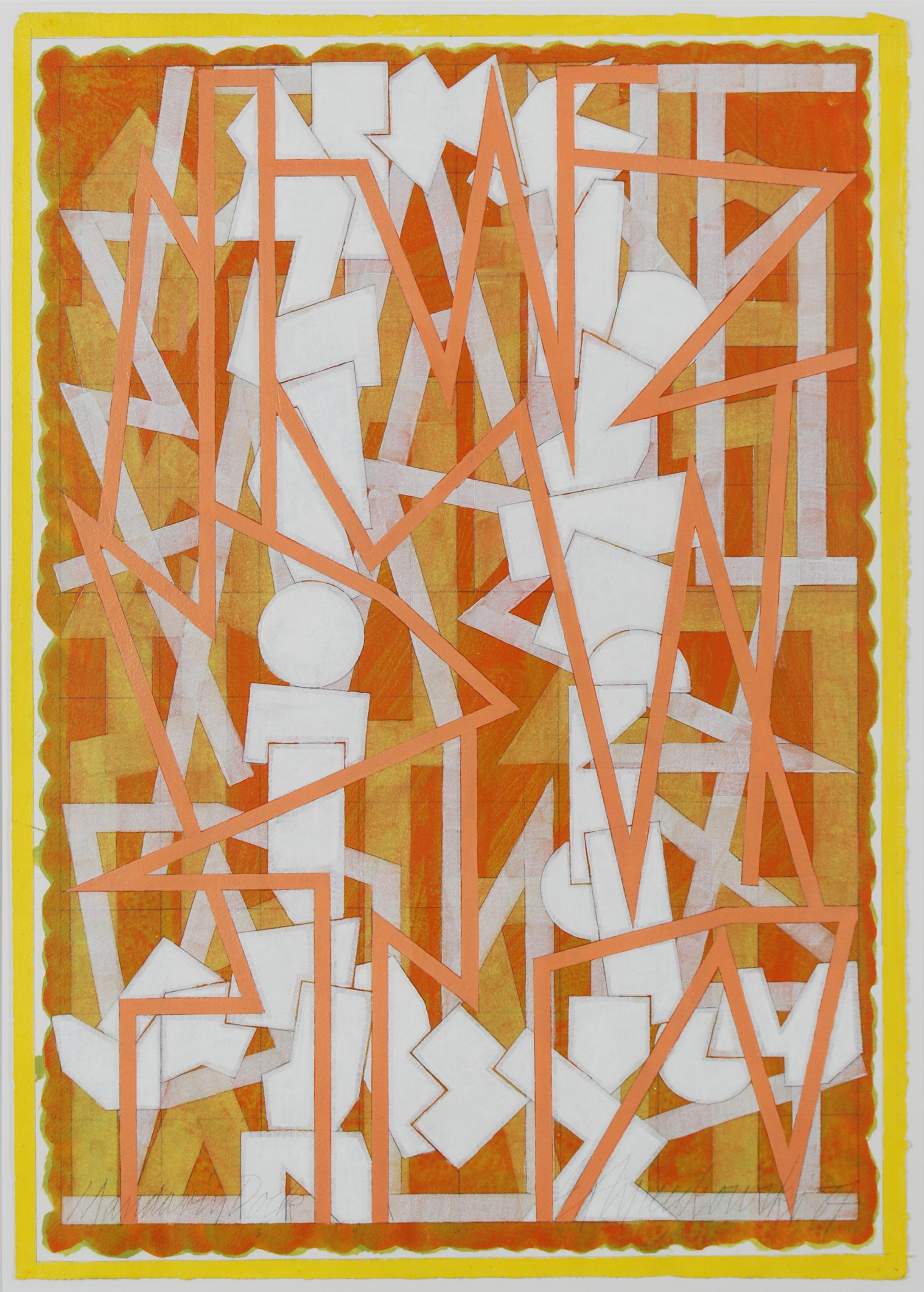
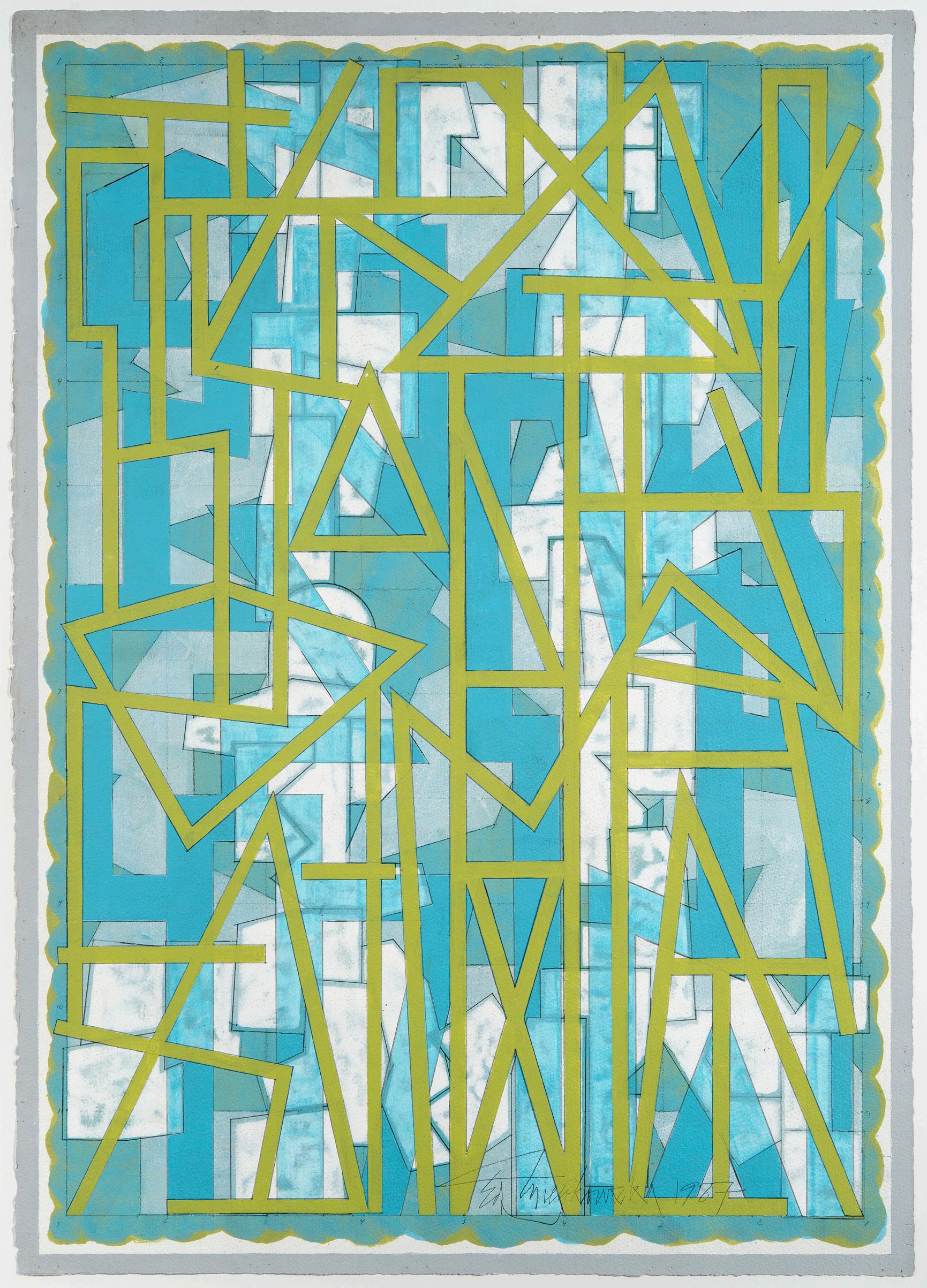

Over a career that spanned four decades, Jack Roth (1927-2004) built on his early success in the Abstract Expressionist movement to cultivate a remarkable body of abstract painting. Roth’s art evolved alongside the vanguard of postwar American art through Color Field abstraction and beyond. Roth began his career in art as one of the youngest artists, just 27 years of age, whose work was selected for the landmark Younger American Painters exhibition at the Solomon R. Guggenheim Museum, which helped, in 1954, to introduce Abstract Expressionism to the American public. He was awarded a Guggenheim Fellowship for painting in the late 1970s. Roth’s works are held in the collections of museums across the US, including the Museum of Modern Art, New York City and the National Gallery of Art, Washington, D.C.

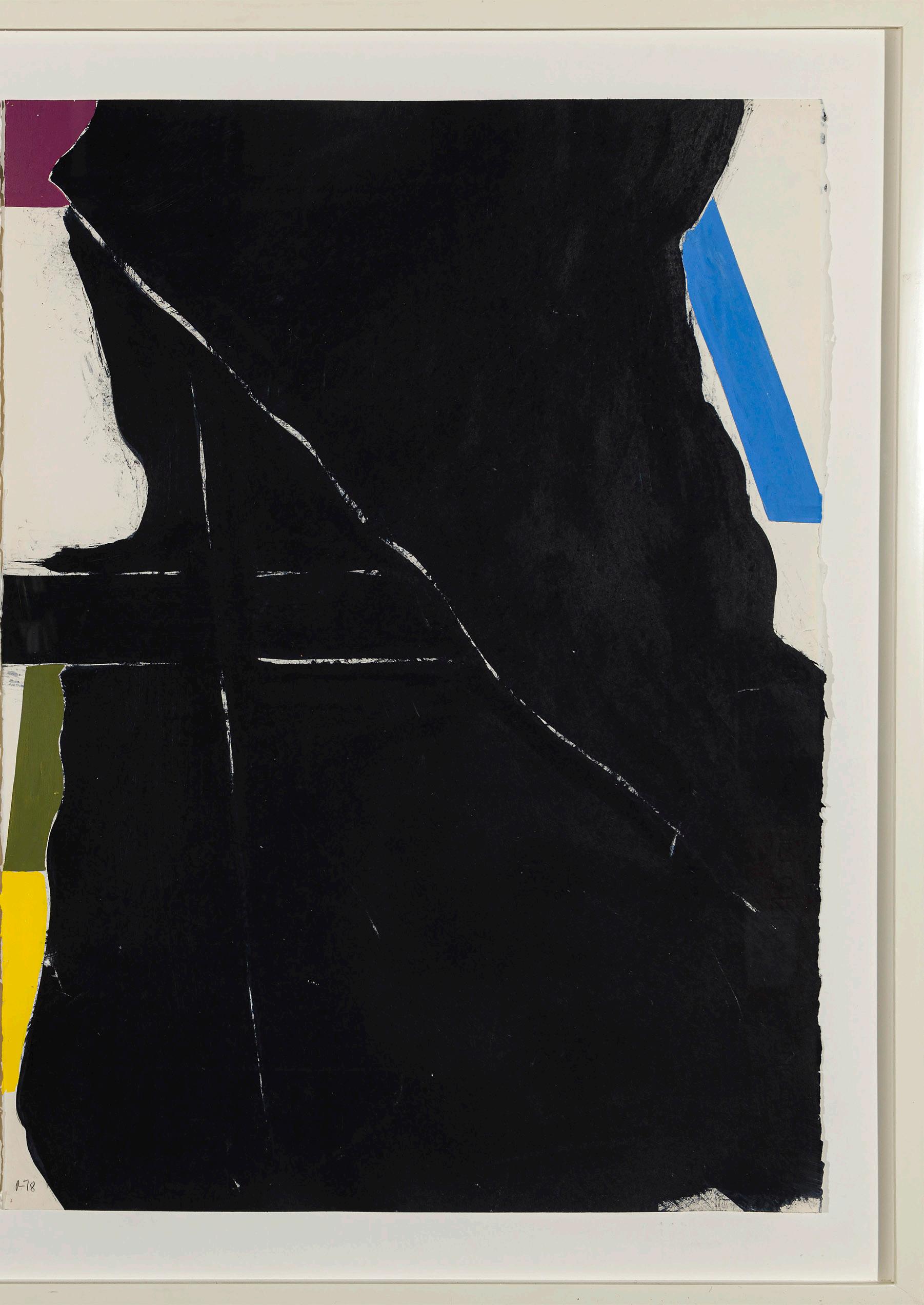

Esphyr Slobodkina (1908-2002) played a central role in the early development of abstract art in America. Her elegant abstractions, influenced by Cubism, incorporate subtle and sophisticated nods to architecture, modern technology, and the ephemera of daily life. As abstract art first began to gain acceptance in the US, Slobodkina’s art was championed by A.E. Gallatin, Peggy Guggenheim, Alfred Barr, Clement Greenberg, and other icons of the American art world. In the New York art world, she was known as an unrelenting interdisciplinarian, for channeling her creativity in a wide range of materials and means. Her works anticipated the hard-edge and geometric works of other artists in the late 20th century. Her legacy has continued to come into focus, revealing an extraordinarily creative spirit.


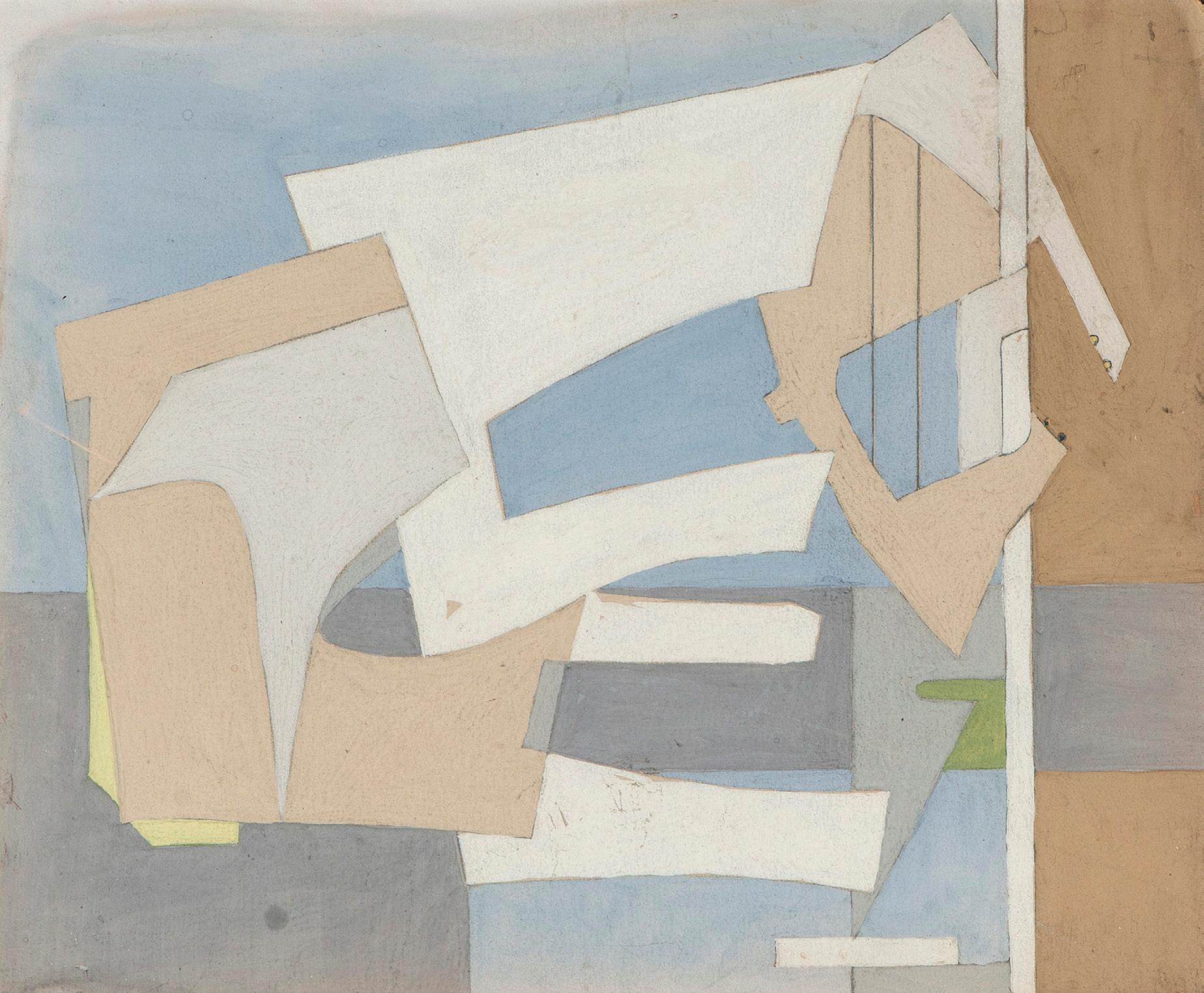
Esphyr Slobodkina, Untitled (Abstraction with Pink and Yellow), circa 1940s Gouache on paperboard, 9.13 x 7.75 inches

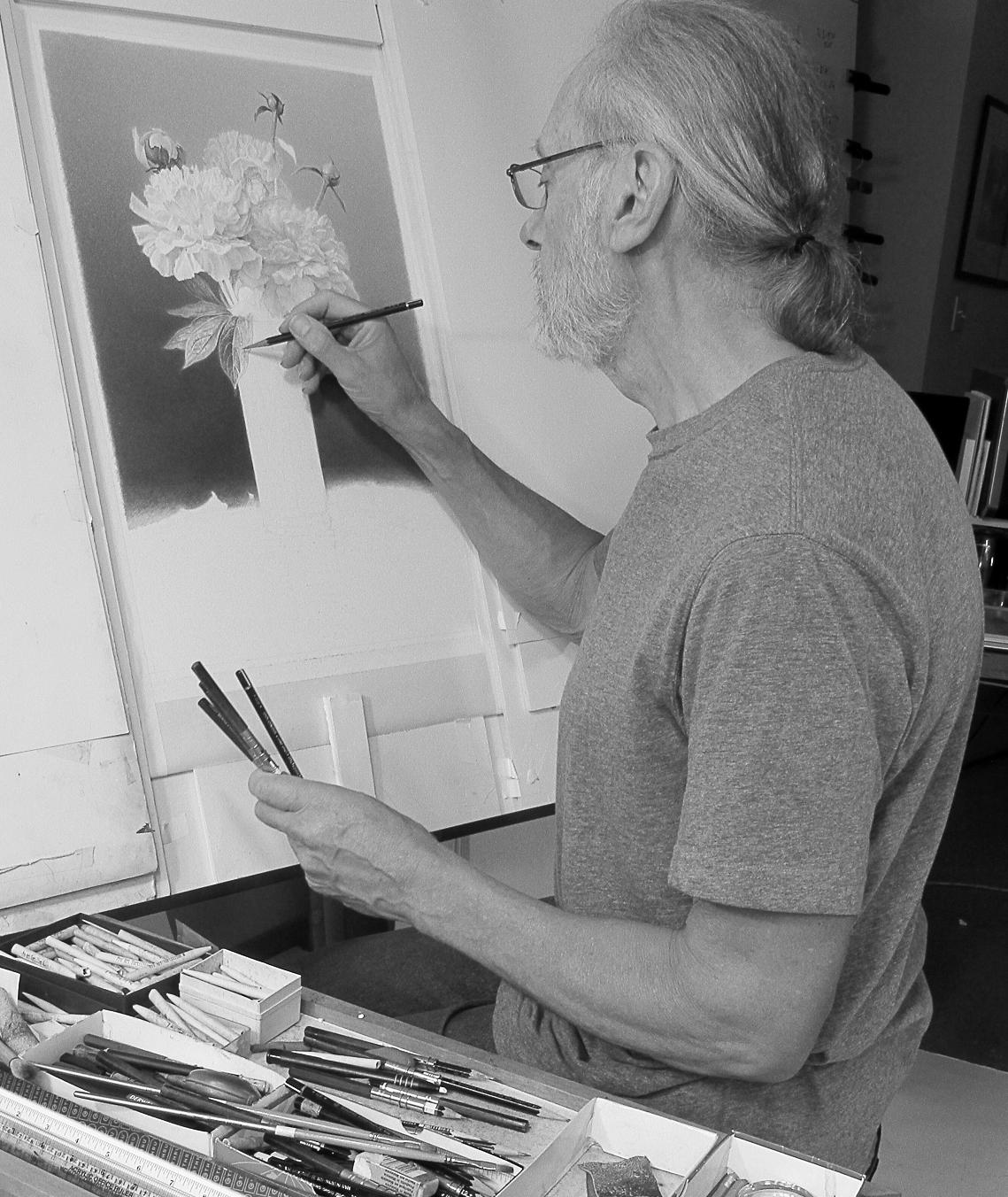
The radiant drawings of Skip Steinworth, while often of ephemeral objects, convey a sense of timelessness. Steinworth transcends subject matter by capturing the ultimate, almost spiritual essence of objects, what Ingres called their “inner form.” According to Art Scene Magazine, Steinworth’s drawings are “gutsy in their rejection of bombast.” In their masterful composition, evocation of light, space, and form, they retain a remarkable energy. Like the Dutch and French old masters before him, Steinworth pays careful, almost obsessive attention to arrangement, lighting, scale and subject matter, elevating the everyday to resplendent expression. His work is included in the permanent collections of the Art Institute of Chicago and the Minneapolis Art Institute, among others.

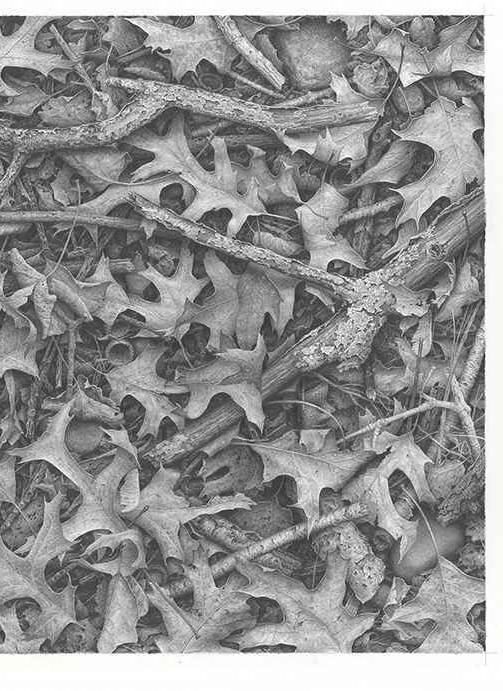




A Russian-born artist, Abraham Walkowitz (1878-1965) was one of the first generation of American modernists. He experimented with several different approaches and subjects. His paintings combine elements of geometric abstraction with an emphasis on the expression of motion through line. He remained active in the New York City art scene throughout the 1940s and 1950s. Walkowitz’s work is included in the collections of the Art Institute of Chicago; the Brooklyn Museum; the Boston Museum of Fine Arts; the Metropolitan Museum of Art; the Museum of Modern Art; the Philadelphia Museum; and the Whitney Museum of American Art.
